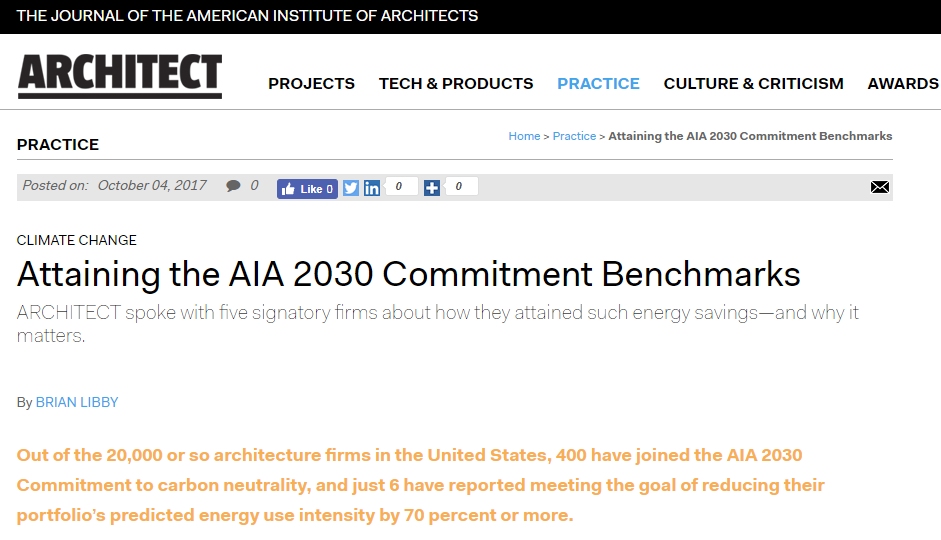Architect Magazine, the official Journal of the American Institute of Architects, just ranked ZeroEnergy Design within the top 50 firms for Sustainability nationwide .
Participating firms in the Sustainability category were ranked on a combination of factors, including AIA 2030 Commitment submission data, energy and water metrics, employee certifications, building certifications, and project data that best demonstrated the firm’s commitment to sustainable design. A third-party research firm compiled the rankings and fact-checked for consistency.




